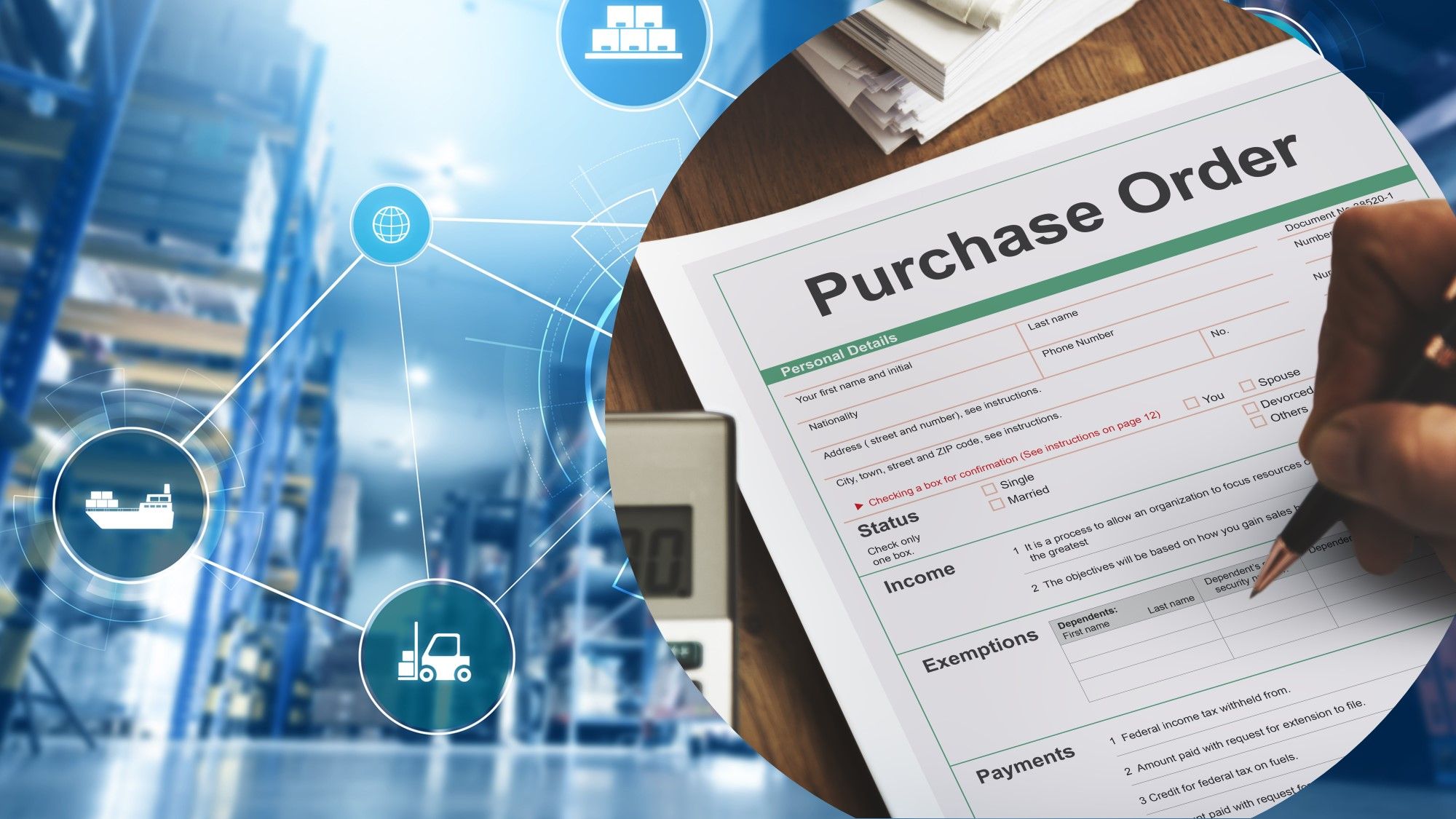The most frustrating documents for many business owners is the purchase order. The process of creating one is often lengthy and detailed, involving repetitive back-and-forth communication where information frequently gets lost in the shuffle. Even when nothing is misplaced, simply keeping track of it all can be a challenge.
Fortunately, digital purchase order (PO) management systems have transformed this bureaucratic burden into a streamlined, user-friendly workflow. With just a few clicks, businesses can create, approve, reject, and monitor purchase orders with greater ease.
By replacing manual, paper-based systems with automated digital solutions, a digital PO management system simplifies the entire lifecycle from creation and approval to tracking and oversight, enhancing efficiency, accuracy, and transparency throughout the procurement process.
Key aspects of a digital PO management system:
Creation and Routing: Users can create purchase orders using templates within the system, and the system automatically routes them for approval based on predefined workflows.
Approval Workflow: The system includes features for managing approval chains, allowing for multiple levels of review and approval with automatic notifications. There are several benefits to automating PO approvals, such as:
- Streamlined procurement
- Cut out errors
- Reduced costs
- Increased efficiency
- Better decision making
- Improved communications
- Greater visibility
- Increased control
- Improved compliance
- Reduced risk
Automating PO approvals streamlines procurement, cuts out errors, and reduces costs when it’s implemented correctly.
Tracking and Visibility: Real-time tracking of purchase orders allows for monitoring order status, identifying bottlenecks, and ensuring timely delivery.
Integration with other systems: Digital PO systems often integrate with accounting software, ERP systems, and other platforms to streamline the entire procure-to-pay process.
Reporting and Analytics: The system can generate reports on purchasing activities, providing insights into spending patterns, supplier performance, and other key metrics.
Cost Savings: By automating processes and eliminating manual errors, digital PO systems can lead to significant cost savings.
Enhanced Efficiency: The automation of tasks such as order creation, approval, and tracking helps streamline the procurement process, saving time and resources.
Improved Compliance: Digital PO systems can help ensure that all purchases adhere to company policies and regulatory requirements.
In general, using digital purchase orders can help to streamline your company’s procurement process, reduce errors, and provide an auditable record of transactions.



